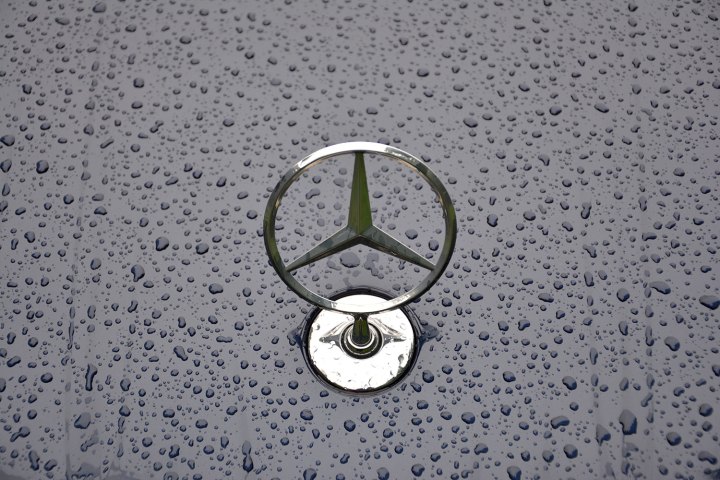
A diagram submitted with the patent illustrates an innovative system that improves traction by spraying hot water on tires in order to melt snow and ice. The water is pumped out of a small tank it’s stored in and through a heat exchanger, a process that makes it hot enough to melt snow. It’s then sprayed directly onto the spinning tire by three small nozzles integrated into the wheel well. Sensors presumably send a signal to the ECU when the tires themselves need to be de-iced.
The system is designed to collect water as it drips down the rear window — it can be either rainwater, water from a car wash, or melting snow. Drivers who live in Seattle shouldn’t need to top up the tank; those who live in Palm Springs and occasionally take a weekend trip to a ski resort, though, will likely need to fill up before they leave.
Alternatively, the technology can in theory be used to prevent tires from getting too hot, either in the summer or when driving on a track. Daimler is aware of the possibility, according to MotorAuthority, but it points out that it would need to integrate thermal imaging cameras into the system in order to monitor the temperature of each tire, when to spray water, and how much of it is needed.
Read more: Mercedes’ 2017 E400 proves the station wagon isn’t dead yet
The patent doesn’t guarantee that the next C-Class will come with tire-spraying technology. At this point it’s simply an idea that Mercedes engineers are toying around with, and we don’t know if — let alone when — it will make its debut on a production model. If it’s approved for production, look for the system to appear on a top-rung model like the S-Class




